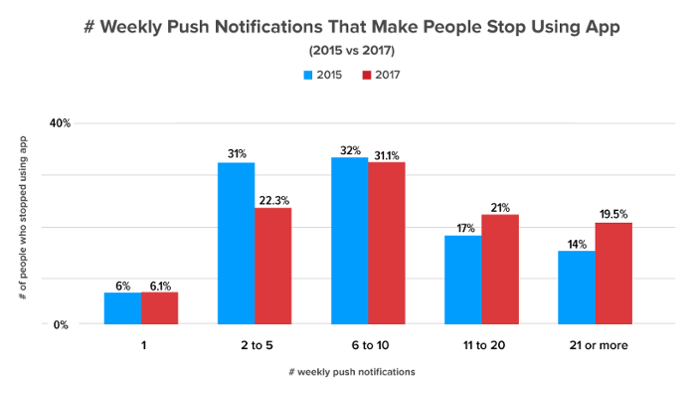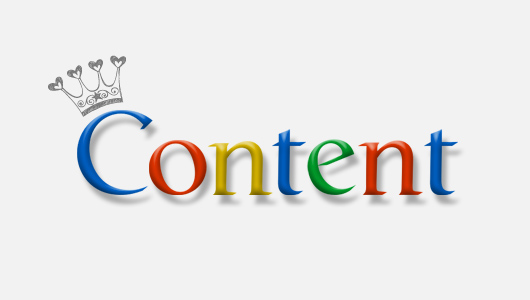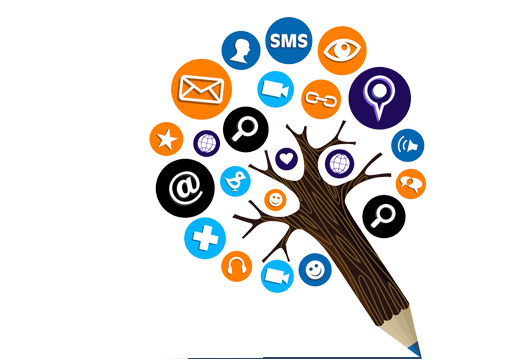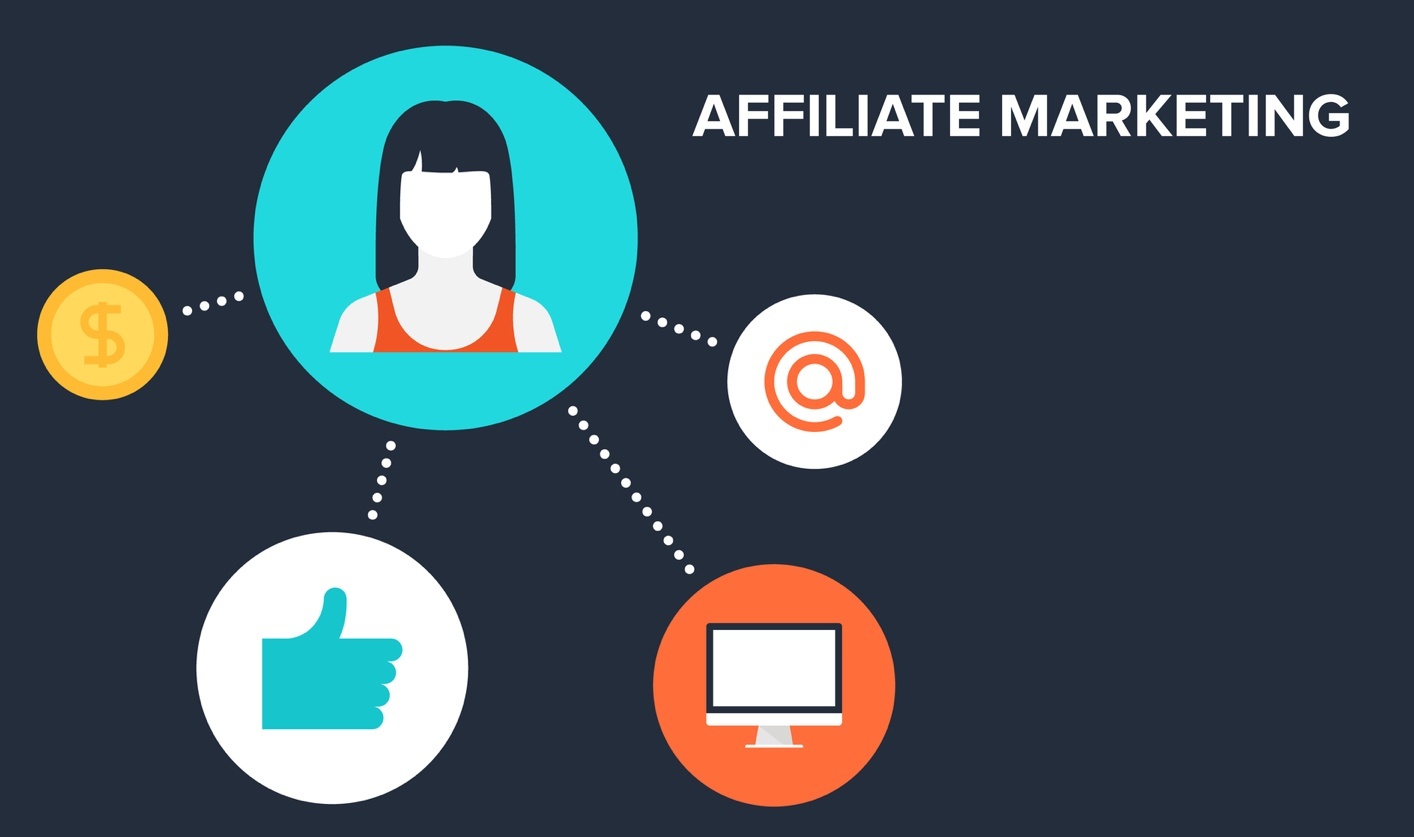Everyone has come across push notifications before and some say it’s a feature left in the past. Is it though? Here are all the “hows” and the “whys” .
But before we start, let’s first get a couple of basics out of the way.
Push notifications are what we call small messages that pop up on your phone screen delivering timely and relevant information from the apps or services you have subscribed to from your gym membership updates to currency fluctuations. A study showed that an average mobile user deals with approximately 64 notifications per day mostly coming from email and messaging apps. In fact, nearly every app uses this way of communication for engagement and transactions.
And here comes the first “why” – Why are they so popular?
Easy – because push notifications are the most certain way to ensure users will see information you’re trying to convey.
There are three types on notifications:
- Transactional – event notifications
- System – opportunities, product features
- User – messages from contacts (email, social media, etc)
As well as web push notifications like
- Google Chrome
- Safari
- Firefox
However, these notifications will only be received if one of these browsers is open at a given moment. Sounds great and all, but let’s look at it from the receiver’s perspective for a second. What if they are getting spammed by tons of notifications and yours will be lost among others or even worse – seen yet ignored?
Where is the line between useful and annoying?
That’s an easy one to answer as well. All notifications work by an “opt-inopt-out” model. You have probably seen “permission messages” before asking you to “enable” or something along the lines of “agree / no, thanks”. Shortly put, user must choose to receive push notifications or in other words to be annoyed by a certain business. Likewise, there is always an option to unsubscribe, even though it’s a bit more complicated than the subscription process (if you are willing to unsubscribe from message notifications, then in one search for a link named “unsubscribe” that will take you to a website providing that option; if you are willing to unsubscribe from online, namely Chrome notifications – you can either do it in settings or look for the bell on the top navigation bar)
So, why are push gaining momentum again and how to get the best use out of them?
Couple reasons:
- The are short and easy on the eye.
Cutting through all the clutter you deliver only the most important information.That’s less typing for you and more convenient for the user – absolute win win situation.
- You can make them as relevant as possible by targeting a specific audience.
- Age
- Predilections
- Interests
- Location (!)
- Type of updates
- No need to type them out every time or wait for a certain date, send outs can be automated (prewritten and scheduled in advance).
To drop some statistics, push notifications have a 97% read rate and 90% of them are read within first 3 minutes upon receipt. As you gain the audience and learn their behavioral patterns and preferences you will be able to adjust your notifications and campaigns to benefit your business the most. According to the study about 49% of users report that push notifications adjusted to their preferences cause them to use the app more.
So, you know when and what but how often?
How many is too many?
According to this Localitics article only users are willing to receive more push notifications before disabling push today than they were in 2015 however about 6-10 notifications per week will most likely stop them from using the app altogether.

So, to sum it all up, here are 6 reasons to use push notifications in 2018:
- You don’t have an app (as many notifications are delivered through apps, push notifications can be delivered from a browser)
- Easier to retain your customers
- A great follow up on your email marketing campaigns
- Perfect way to automate your readership
- Very time efficient and high reach communication tool











